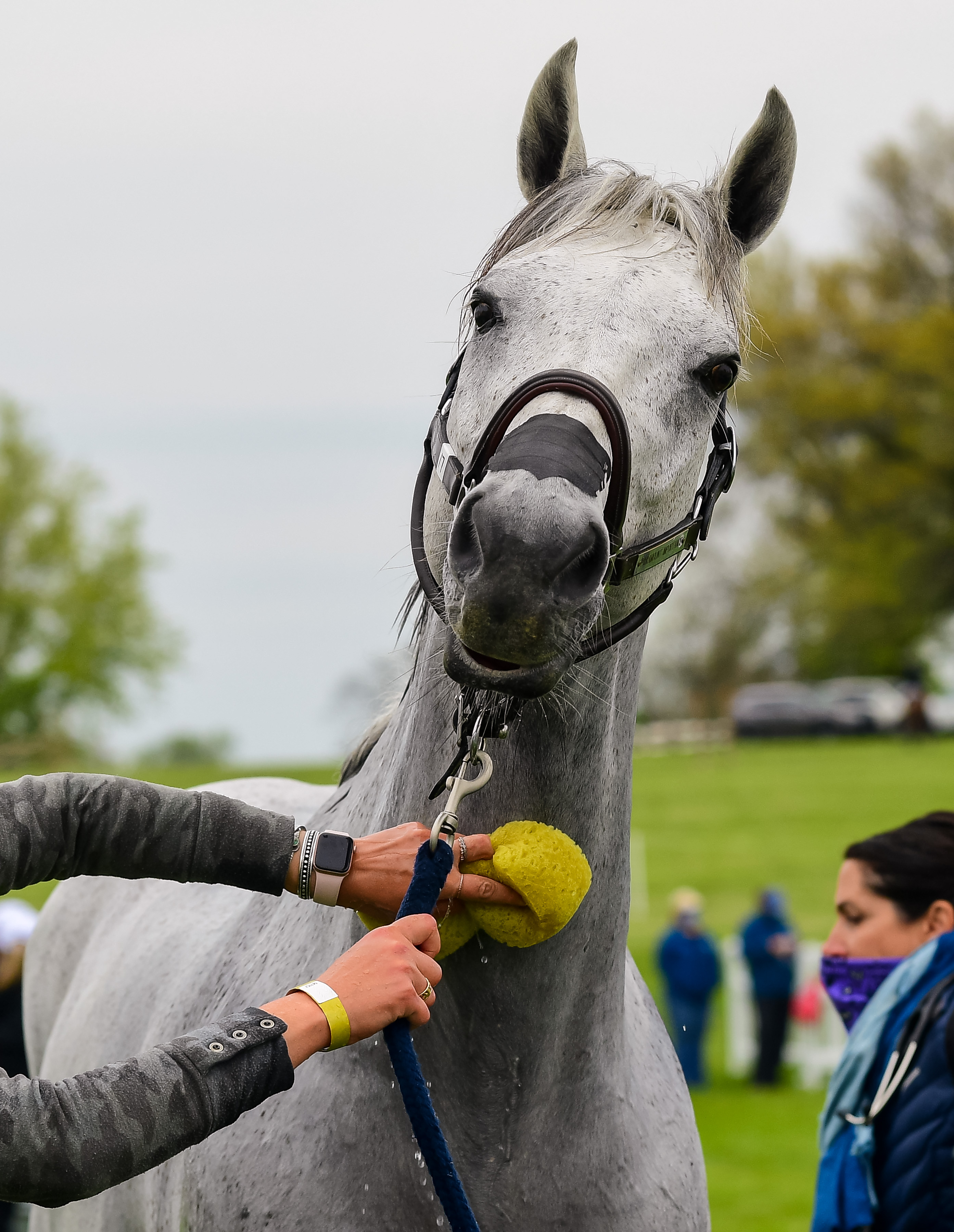Summer Heat Tips
Posted by Dr. David Marlin on Jun 30th 2023
 As we transition into the warmer months, there are a
few important steps we can take to help keep our horses safe.
As we transition into the warmer months, there are a
few important steps we can take to help keep our horses safe.
First, you can reduce the risk of poor performance and heat stroke by ensuring that you train your horse in the warmer part of the day if you are going to compete at this time. We call this heat acclimatization; 2-3 weeks of training will make a big difference.
Second, ensure your horse has access to water right up until the time you ride or compete to reduce the risk of dehydration and impaction colic. If your horse is a heavy sweater, then feeding a balanced electrolyte supplement every day is also recommended.
After exercise or competing, your horse’s breathing is a good indicator of how hot they are. Deep, exaggerated chest movement with flared nostrils means your horse is hot! Horses can get rid of around 15-20% of heat generated during exercise through breathing, but this puts a strain on the respiratory system. FLAIR® Nasal Strips reduce the strain on the respiratory system and support recovery by making breathing easier.
Another sign of being hot, of course, includes being covered in sweat and feeling hot to the touch. Being unsteady is a warning sign that cooling is needed asap. Cooling your horse carries almost no risk. Simply apply cool water continuously over as much of the body as possible until breathing shows recovery. Scraping water slows cooling. If in any doubt, seek veterinary advice.
Learn more about the three phases of post-exercise recovery and how FLAIR Strips quicken recovery here.





